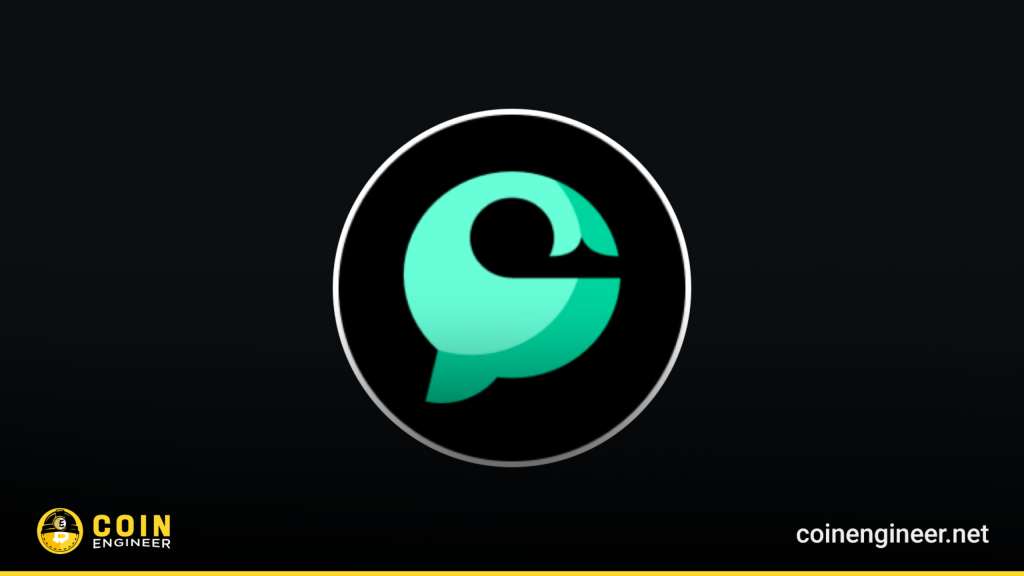Cetus Protocol (CETUS) is a decentralized exchange (DEX) and concentrated liquidity protocol built on the Sui and Aptos blockchains. The platform aims to create a robust and efficient liquidity network for trading, facilitating interactions between users and assets within the decentralized finance (DeFi) ecosystem.
What is Cetus Protocol?
Cetus Protocol offers a decentralized finance (DeFi) solution based on the Concentrated Liquidity Management model. It is built on the Sui and Aptos blockchains, providing users with more efficient trading and liquidity provisioning opportunities. The platform strives to create a sustainable ecosystem for both developers and investors in the DeFi space.
What is Concentrated Liquidity?
In a typical Automated Market Maker (AMM), liquidity is evenly distributed across the entire price curve (0, ∞). In contrast, concentrated liquidity is liquidity allocated within a specific price range. A concentrated liquidity protocol like Cetus allows liquidity providers to contribute their liquidity within a narrower price range, optimizing the utilization and profitability of their capital.
What is Move?
Move is a new, Rust-based open-source programming language designed to write secure smart contracts. Initially developed by Facebook to support the Diem blockchain, Move is platform-agnostic and provides common libraries, tools, and developer communities for blockchains with different data and execution models. Move focuses on security, avoiding common Web3 vulnerabilities like re-entrancy attacks, malicious tokens, and counterfeit token approvals. Both Aptos and Sui blockchains are developed in Move, contributing to the growing MoveVM ecosystem.
Cetus Protocol’s Benefits to the Ecosystem
One of the key advantages of Cetus is the liquidity efficiency offered by its concentrated liquidity algorithm. Both liquidity providers (LPs) and traders benefit from this design:
- Liquidity Providers (LPs): Can earn transaction fees more efficiently by concentrating liquidity within an active price range.
- Traders: Enjoy low slippage when trading close to the spot price.
- Developers: Can easily integrate with Cetus’ open-source smart contracts and SDKs, tapping into the platform’s efficient liquidity source.
How Does Cetus Protocol Work?
Cetus Protocol utilizes an AMM model, but it allows liquidity providers to concentrate their liquidity within specific price ranges, enhancing the overall efficiency compared to traditional AMMs.
- Concentrated Liquidity Management (CLMM): Liquidity is concentrated in a narrow price range, offering higher returns for LPs.
- Swap Transactions: The protocol allows token swaps with low transaction costs.
- Advanced Order Types: Users can leverage features like limit orders and range orders.
- Liquidity-as-a-Service: Cetus enables easy integration with other projects, supporting broader adoption.
You can review the project’s whitepaper for more in-depth details.
What is Cetus Protocol’s Goal?
Cetus aims to innovate in the decentralized finance space by providing low-cost, user-friendly trading opportunities. It seeks to reach a broader audience, especially within the Sui and Aptos ecosystems, and build a sustainable liquidity infrastructure for DeFi.
Who Created Cetus Protocol?
Cetus Protocol was founded by Henry Du, who led the development of an open, programmable, and modular liquidity protocol. The project also benefits from the contributions of experienced teams, particularly those behind the Sui and Aptos networks.
Who are Cetus Protocol’s Investors?
Cetus has attracted strategic investors at an early stage, including notable crypto-focused venture capital firms like OKX Ventures, KuCoin Ventures, SUI, and Animoca Brands. The core development communities of Sui and Aptos also played a significant role.
Cetus Protocol Tokenomics
The tokenomics of Cetus Protocol is based on a dual-token model:
- CETUS: The primary token of the ecosystem, with a total supply of 1 billion tokens. It is used for transaction fees, liquidity incentives, and staking rewards.
- Distribution:
- Community & Incentives: 40%
- Development & Operational Funds: 30%
- Early Investors: 15%
- Reserve & Further Initiatives: 15%
- Distribution:
- xCETUS: A staking model for long-term incentives.
The token distribution is designed to enhance transparency and build a sustainable community-driven ecosystem.
Conversion and Redemption
CETUS and xCETUS can be converted back and forth under certain conditions:
- CETUS to xCETUS: CETUS can be converted to xCETUS at a 1:1 ratio at any time.
- xCETUS to CETUS: Converting xCETUS back to CETUS requires a vesting period. The conversion ratio increases based on the vesting period chosen by the user.
- Minimum 15-day vesting: 1:0.5 conversion rate.
- Maximum 180-day vesting: 1:1 conversion rate.
Users cannot redeem CETUS until the vesting period is fully completed. Any unclaimed CETUS after the vesting period will be lost and directed to the Eco Treasury, which supports the protocol’s long-term sustainability and community incentives.
Conclusion: A Comprehensive Solution for DeFi
Cetus Protocol is not just a DEX, but also provides infrastructure services for blockchain projects, leveraging the performance advantages of Sui and Aptos. With its CLMM model, Cetus offers a more efficient use of liquidity compared to traditional DeFi protocols, providing better returns for liquidity providers and a smoother experience for traders. Its robust tokenomics, strategic partnerships, and user-focused design position Cetus as a significant player in the decentralized finance ecosystem.
You can also freely share your thoughts and comments about the topic in the comment section. Additionally, don’t forget to follow us on our Telegram, YouTube, and Twitter channels for the latest news and updates.


